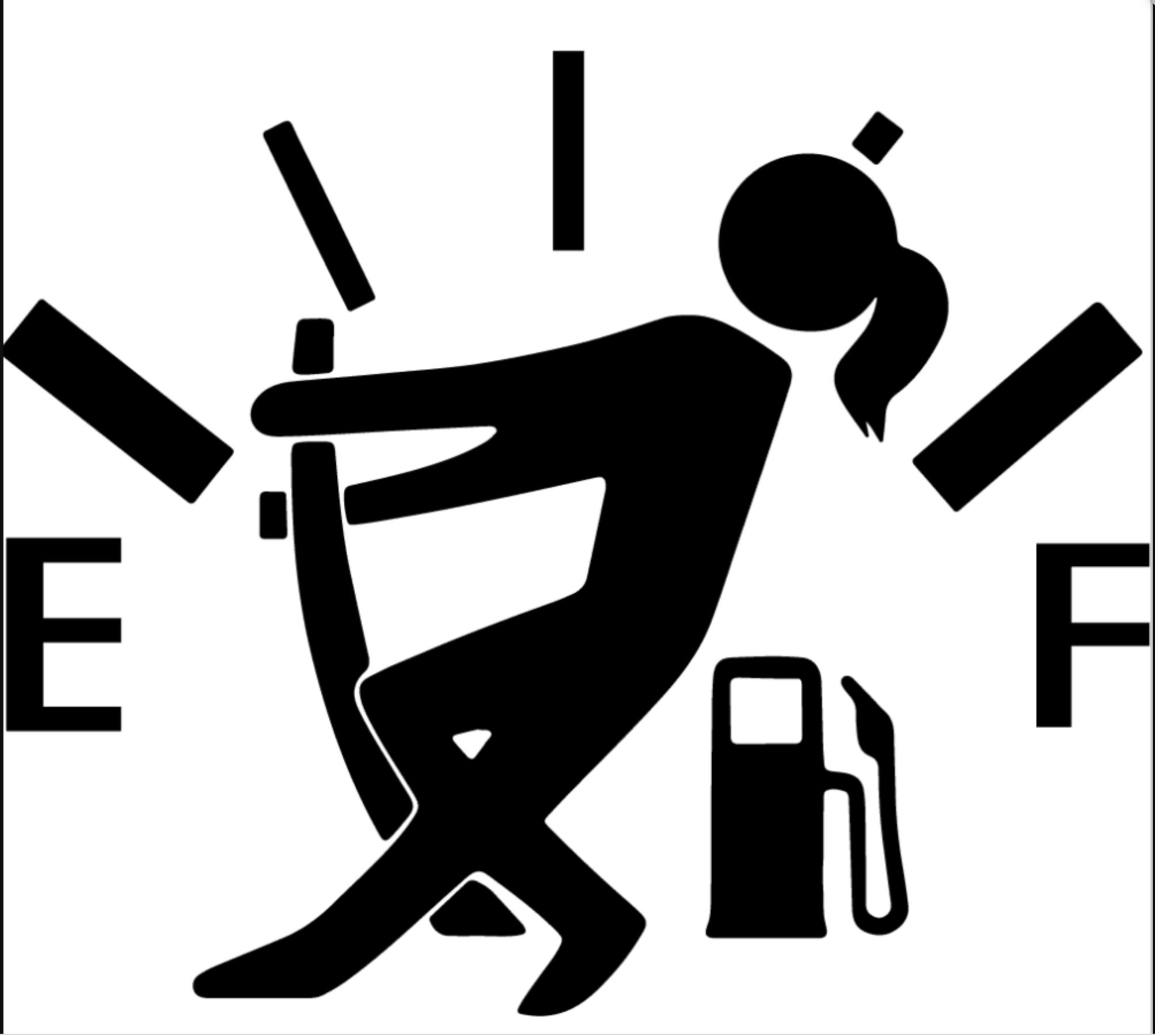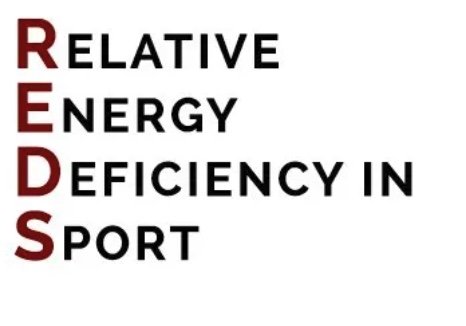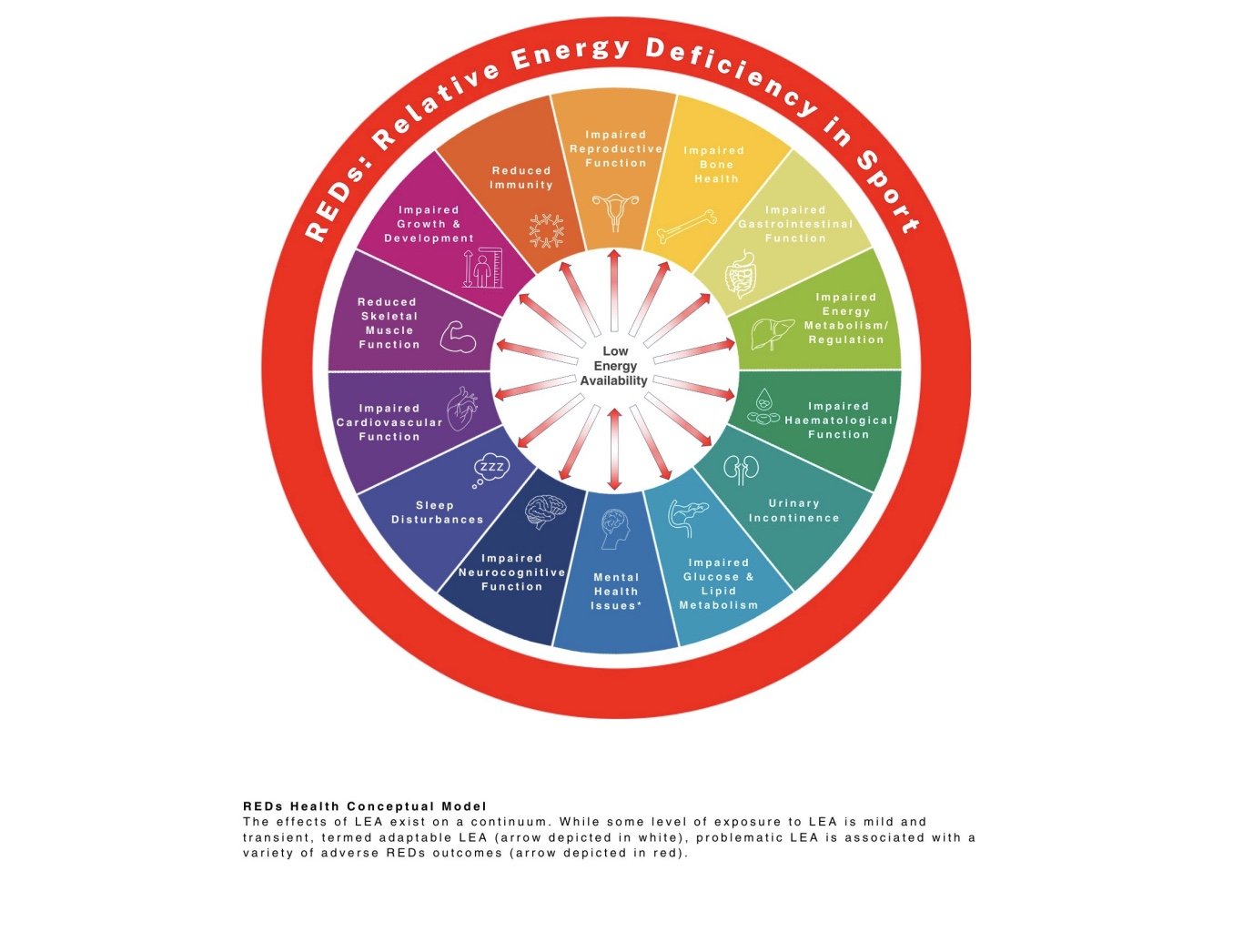Weight Loss & Under Fuelling
Running & Weight Loss
Many people start running to embark on a weight loss journey, moving more, eating less which often results in a daily calorie deficit and weight loss. But what happens when you start to move even more and continue to eat less?
The last thing you want to hear is to eat more food, surely it’s counterproductive to be told to eat more food, why would you want to undo all the work you just did.
No! Not Me!
You might think that this blog isn’t relevant to you, maybe you don’t even see yourself as a “serious” runner, but there are significant running related consequences of LEA & REDs described below. These symptoms do not discriminate between elite and recreational runners, in fact it is thought that there is greater prevalence in recreational runners than in professional sports because everyday people don’t have the same coaching/nutrition/medical support and education available to them.
Reaching your Full Potential
But as you develop and progress as a runner if you under fuel, in other words DON’T EAT ENOUGH, you could be missing out on reaching your full potential. Proper fuelling will benefit your training, you’ll increase your strength, improve your times, aid your recovery, and boost your overall health & well-being.
It’s Complicated
It’s a common belief that the lighter a runner weighs, the better they will perform but this is much too simplistic. When a body is under fuelling it senses it might not get food so it stores energy as fat to protect the body, and because your body can store unlimited amounts of fat, it hangs onto its fat stores. And thus this “move more, eat less formula” turns into a tangled, intricate vicious cycle as you seem to eat less but don’t shift any weight!
And this is where Low Energy Availability comes into play.
Low Energy Availability (LEA):
This refers to when someone’s dietary energy intake is insufficient to meet the total energy demands of their body.
Basically, it means that the energy (calories) consumed through food is not enough to support the energy requirements for not only normal daily activities, but any added exercise such as running or strength training.
This can happen unintentionally due to lack of knowledge, poor dietary habits, disordered eating patterns, or intentional calorie restriction for weight loss purposes.
Relative Energy Deficiency in Sport (RED-S)
RED-S is a broader term that encompasses the consequences of low energy availability across multiple body systems, the model recognises the fact that the impacts of LEA extend beyond just energy deficit.
Under the Bonnet!
And whilst this is all going on in the foreground, behind the scenes, under the bonnet, the body’s systems are being compromised; when the body does not receive enough energy, it enters a state of energy deficit.
What happens when you are in an “energy deficit state”?
Energy deficit state prompts the body to make adaptations elsewhere so it can conserve energy and keep you alive; the body is extremely clever. If we think of it as a bit of a trad-off from other biological process, to conserve energy due to energy being limited, other systems like reproduction, maintenance and growth and therefore weakened as enegy is in short supply.
The image below is an update on REDs:2023 IOC Consensus Statement which shows which systems can be weakend by Low Energy Availability when in an energy deficit state.
Source BJSM September 2023 Volume 57 Issue 17
This image below shows how, as a runner, what you might experience as a result of your body’s systems being impaired or weaked due to low energy availability.
Source BJSM September 2023 Volume 57 Issue 17
The Symptoms can Creep Up on You..
Symptoms don’t just appear overnight, feeling tired, not making it up that hill are part of a runner’s journey and sometimes we explaine them away as getting older,or life is stressful, or perimenopause etc. but…..
Have you experienced any of these symptoms recently?
Decreased training response: no or limited improvement in running even though you are working harder.
Prolonged or excessive fatigue after training, not being able to complete an “easy” weekend run/ a decline in ability.
Impaired judgements, making more mistakes than usual.
Decreased coordination could stumble/fall/trip.
Decreased concentration, more irritability, feelings of depression/hopelessness
Sleep disturbances, irritable bowel syndrome, bloating, gas, acid reflux, shortened or absent periods, decreased body temperature/cold sensitivity, increased recovery time, decreased power, strength, or endurance, just can’t get up that hill!
Impaired musculoskeletal health (i.e., bones, joints, muscles, and connective tissues which can lead to unexplained niggles)
Impaired immunity (i.e., weakened immune system; you could struggle to fight off viruses, bacteria, or fungi)
Avoid the REDs Card
One of the biggest things to take note of is a CHANGE, particularly if training volume or intensity starts to increase. Being aware of your body and noticing if it’s responding to training differently over time is super important here.
Avoiding the REDs card to protect your health while maximising your running performance, will ultimately result in improved short term and long-term health and well-being.











